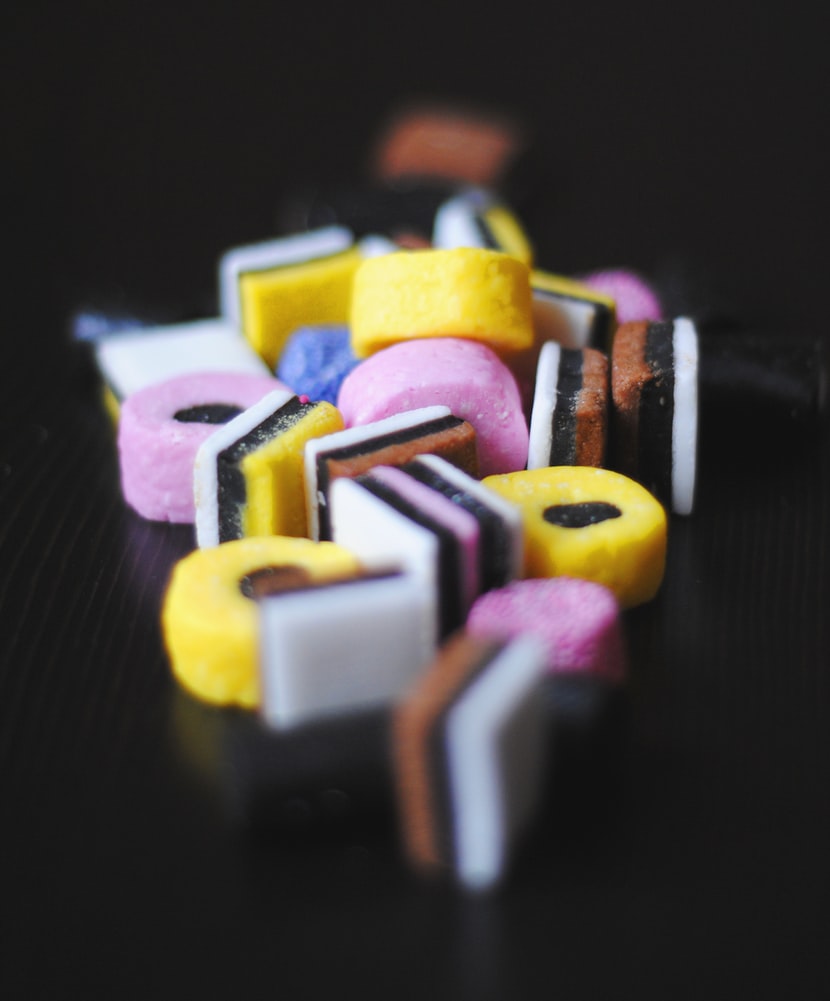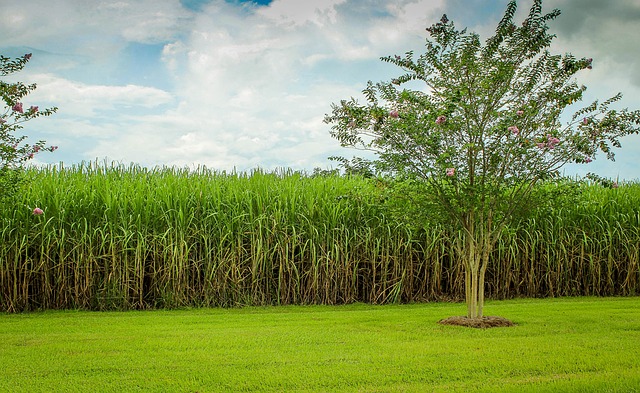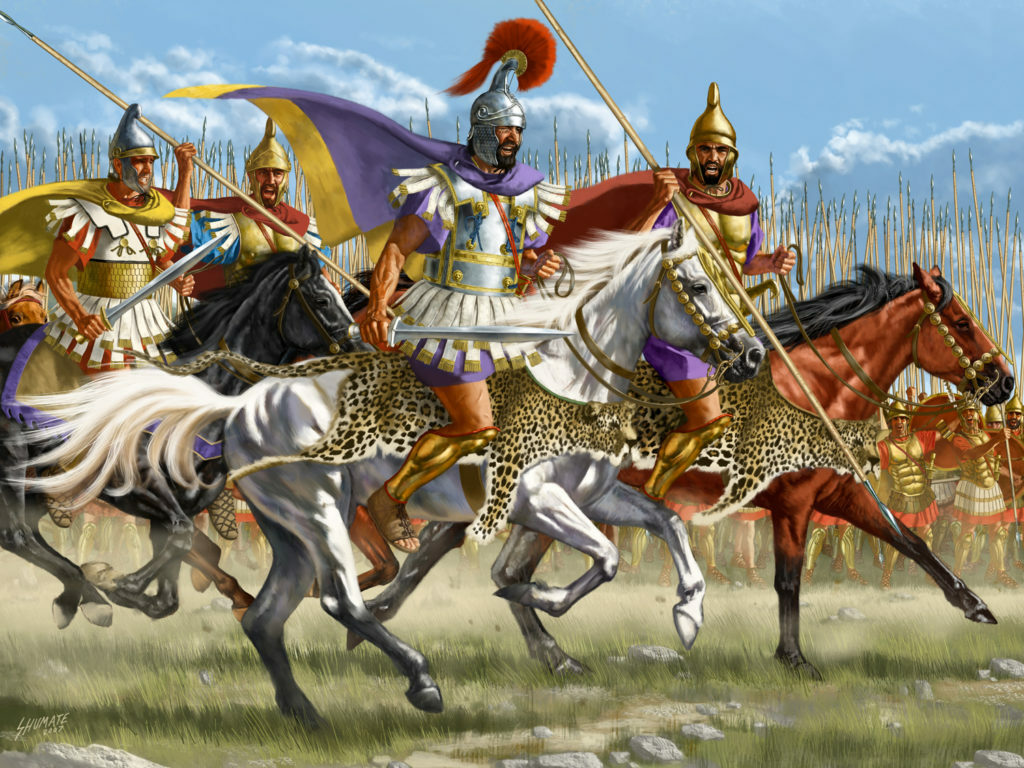The very word conjures up images of M&Ms and Hershey’s kisses, gumdrops and candy canes, jujubes and gummy bears, peppermint patties, puffy marshmallows, colourful lollipops and all things tooth achingly sweet.

But did you know that the word candy comes from Khand or Khandsari — another name for raw sugar? Or that the word Sugar is derived from the Sanskrit Śarkarā.
The interesting history of the word’s and thus sugar’s entry into English can be seen as:
Sanskrit (śarkarā)> Persian (shakar)> Arabic (sukkar) > Latin (succarum)> French (sucre) > English sugar!

The Sugarcane plant is indigenous to tropical South and Southeast Asia. The earliest historical reference of sugar comes from China, with the mentions of the India’s sugarcane fields in some of their ancient surviving texts that date to 800 BCE.
The use of khand in India in making sweets has been traced to between 600 and 500 BCE, when both raw and refined sugar were used extensively.
While Buddhism was responsible for the spread of sugarcane to Central Asia and the Far East, Alexander’s returning troops were the first Europeans, in 300 BCE, to carry home the discovery that Indians had “reeds that produce honey without bees”.

Europe though, had to wait another 1000 years to taste sugar!
The Arab Agricultural revolution of the 9th century was a turning point in the history of sugar. They adopted and then spread sugar and sugarcane cultivation to the Mediterranean region.
The Crusades from the 10 to the 13th Centuries, were when soldiers brought back to Europe the mysterious and addictive “sweet salt”.
This addiction started the rise of the Venetian and Mediterranean trading fleets that soon brought vast amounts of knowledge and new materials to Europe, kick-starting the era of Renaissance and the later period termed the ‘Golden Age of Discovery’.
